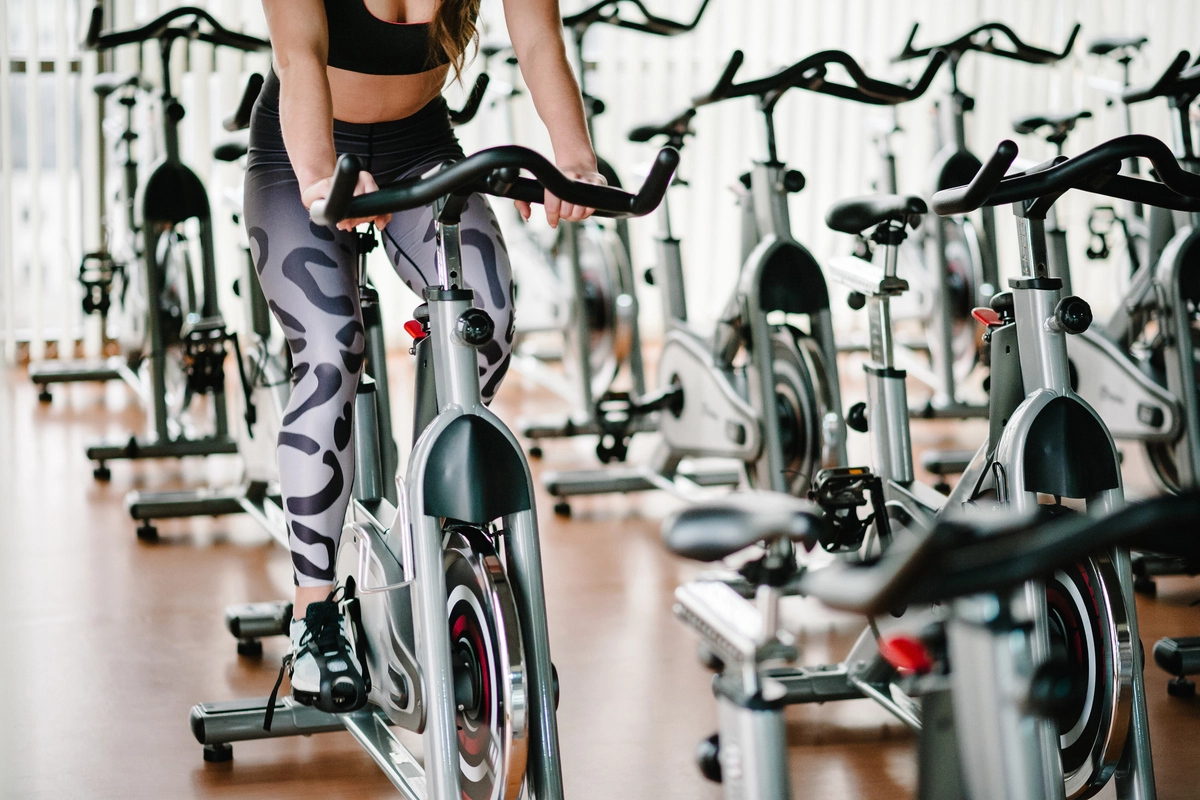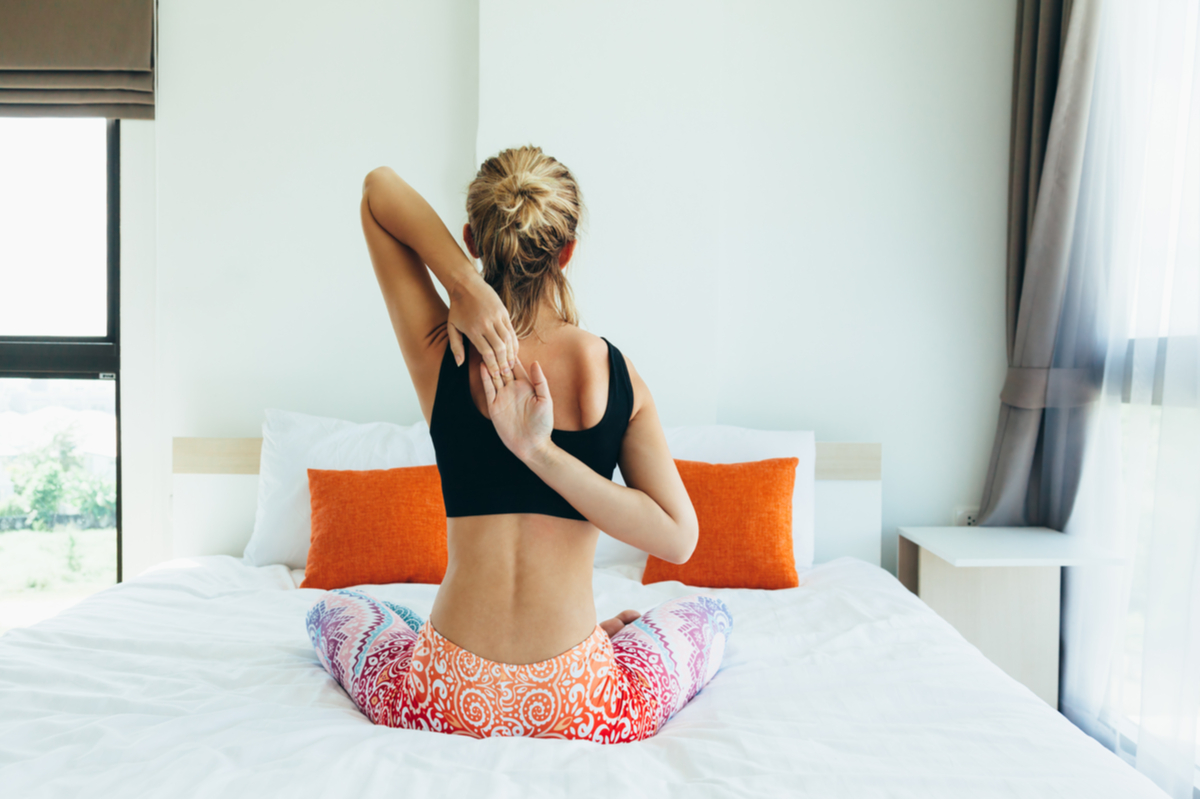You’d be hard-pressed to find any bootcamp class or bodyweight exercise routine that doesn’t include a set of lunges. And it’s for good reason.
A study published in the Journal of Strength and Conditioning Research compared the effects of walking or jumping forward lunges on hamstring and quadriceps strength and function and found that both types of forward lunges can be used for improving hamstring strength and running speed in soccer players.
The study also defined lunges as a type of eccentric exercise—a movement that has been shown to stimulate muscle growth and accelerate fitness results.
And while lunges are often seen as the wannabe younger brother of squats, research paints a much different picture of their effectiveness.
[sc name=”saveupto70off” ]Research conducted by the University of Arkansas and Eastern Kentucky University revealed that “that there was no greater muscle activation when performing any of the squat depths to that of the body weight lunge. It was revealed that the body weight lunge did indeed produce more activation in the majority of all muscles analyzed when compared to the three squat depths.”
Plus, according to the American Council on Exercise, hip extensions, step-ups and lunges generated significantly more muscle activation in certain gluteal muscles than squats.
“The lunge represents a less stable body position, this level of instability actually causes a lot of often underutilized muscles to turn on. Turning on these smaller muscles (stabilizers) helps build strength in a more indirect route. By improving the whole body stability of the body we develop a stronger foundation in which to develop force and strength,” wrote Josh Henkin, CSCS, Senior RKC instructor.
Lunge form mistakes
That being said, while the exercise seems straightforward enough, it’s actually very easy to perform it incorrectly, which quickly takes it from a great strength builder to a recipe for injury.
Here are some all-too-frequent mistakes made when trying to execute proper lunge form to be sure that you avoid:
Stepping too far forward or backwards
“The danger in stepping too far with a lunge is the loss of balance and overuse of certain muscles,” said Maurice D. Williams, MS, NASM master trainer and owner of Move Well Fitness.
Why is this a problem?
“If you step too far forward, then all the pressure is absorbed by the front knee. This may cause muscle strains and/or ligament strain and tears,” said Minna Herskowitz, certified personal trainer, and owner of Sandbox Fitness in Sherman Oaks, CA. “If you step too far back, then you won’t get a proper 90-degree bend and the pressure is then absorbed by the back knee.”
Having sloppy form
“While there is an ‘ideal lunge’, sometimes in daily life our knees do go over our toes (i.e. walking up steps),” said Williams. That being said, you do want to do your best in keeping your knee aligned with or behind the ankle. “One of the biggest lunge mistakes is the front knee going in front of the front ankle,” said Herskowitz.
And be sure to pay attention to your posture: “Big lunge mistakes are too much forward bending of the upper body and/or the arching of the back on the way up,” said Williams.
Keeping your front heel pressed firmly on the ground is also key. Herskowitz sites “the front foot heel coming off the ground when bending the knee and bringing the back heel up as you lower your knee to the floor” as other common form mistakes.
Doing forward lunges if you have bad knees
Forward lunges are more difficult than backwards lunges, because of the pressure put on the knee and joints.
“You can make them easier by doing a backward lunge or doing a forward lunge without the back leg bending,” said Williams. These are smart ways to begin to strengthen your muscles and work towards a forward lunge, but if you have bad knees it’s best to stick to these exercises and steer clear of the forward lunge altogether.
“Anyone with bad knees should try not to perform a forward lunge because your momentum is carrying you forward every time you step. A poor knee may not be able to handle the momentum,” said Herskowitz. “Backwards lunges still achieve the same results. However, if your knee doesn’t bend deep enough, you can supplement with single-legged bridges. Single-legged bridges put less pressure on the knee and muscles around the knee.”
And if you have bad ankles, avoid backwards lunges. “People with bad ankles should be careful performing backward lunges because they wont be able to see their foot placement properly,” said Herskowitz. “When you can’t see your foot placement properly when stepping back, it’s easy for your foot to twist putting added pressure in that ankle.”
Not experimenting with moving lunges
If you’re keeping your lunges static, you’re missing the opportunity to really take your workout to the next level.
“Traveling lunges are the same as stationary lunges except you add more movement, which requires more balance. From that standpoint, it can be a progression,” said Williams.
“With traveling lunges you are basically engaging the same muscles however, your core is engaged more because you need to keep your body stabilized while moving,” added Herskowitz. “Additionally, walking lunges may burn more calories since your body is in constant motion. Same rule applies with walking lunges regarding safety. People with bad knees should try to avoid them.”
Moving too fast
“As far as speed goes. Speed should only be done as fast as the exercise can safely and properly be performed. When people do it too fast, many times their form is compromised,” said Herskowitz. “Start out slow and controlled following each step; only increase speed slowly as you become comfortable with the proper form.”
Once you’ve got a hang of the proper form and feel confutable with the movement, Williams suggested specific speed and rep counts to perform based on your goals.
Stabilization focus: slow speed, slow rep count (lower 4 counts, hold for 2, push back up to starting for 1). Perform 12-20 reps.
Strength focus: moderate speed, moderate rep count (lower for 2, rise for 2). Perform 8-12 reps.
Power focus: fast speed, faster rep count (lower 1, rise 1); Perform 6-10 reps.
Always follow proper form
“The upper body is straight with shoulders back and down. Even though this is a leg exercise, your core should always be engaged,” said Herskowitz. Follow her 3-step guide to ensure you’re keeping proper form, minimizing your risk of injury and maximizing your workout.
- Step forward with one leg, making sure you have hip distance between both legs.
- Slowly lower the back knee until both knees are bent at about a 90-degree angle making sure that the front knee is directly over the front ankle (try not to let the front knee go in front of the front ankle)
- Step back to the starting position and repeat with opposite leg.






2 thoughts on “Common Lunge Form Mistakes”
Comments are closed.